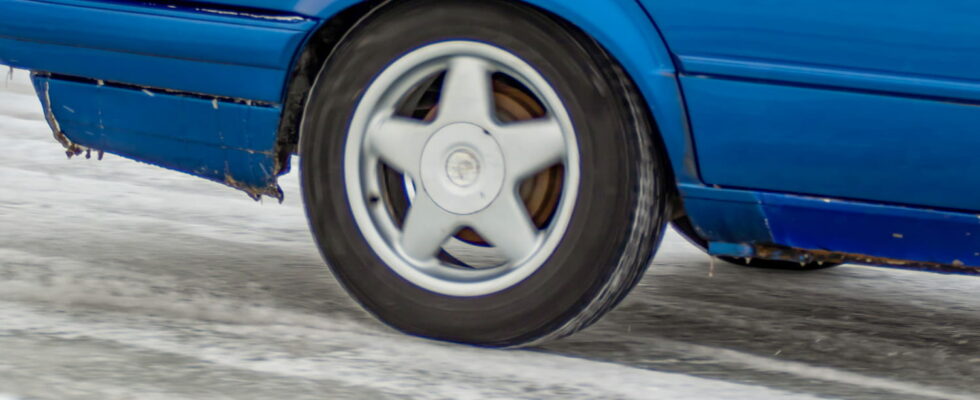Most recent car models are equipped with it, and it makes driving easier.
Some drivers dread driving when it is snowing or icy because it makes the roads more dangerous and unpredictable, especially if they are not salted or plowed. Snow reduces tire grip, which increases the risk of skidding or losing control of the vehicle, especially when turning or braking suddenly. As for ice, it is often invisible, which makes it difficult to anticipate dangers and creates a certain feeling of insecurity. For less experienced drivers or those unfamiliar with these situations, this can be particularly stressful. Not to mention that there is also an element which is generally neglected by motorists, even though it can be dangerous.
It is an option present on most recent vehicles, used to adopt safer and more economical driving, by reducing fuel consumption. This is cruise control. Once activated, it allows the driver to maintain a constant speed without having to use the accelerator pedal. Except that it doesn’t take into account bad conditions on the road.
Thus, in the event of snow, ice or slippery ground, if the car’s wheels lose grip, the system continues to maintain the pre-selected speed, which can cause a loss of control of the vehicle or even skidding if you brake suddenly to deactivate your cruise control. In these conditions, automotive experts strongly recommend not putting your cruise control on, in order to maintain total control of your vehicle.
Furthermore, if your car is equipped with an anti-slip function, in other words ESP (Electronic Stability Program), remember to check that it is activated. This system helps maintain vehicle stability by detecting loss of grip and correcting wheel trajectory. Which is very useful if you go off the road for example. Regardless, on snowy roads, it is always advisable to accelerate slowly and release the clutch slowly to avoid slipping.
